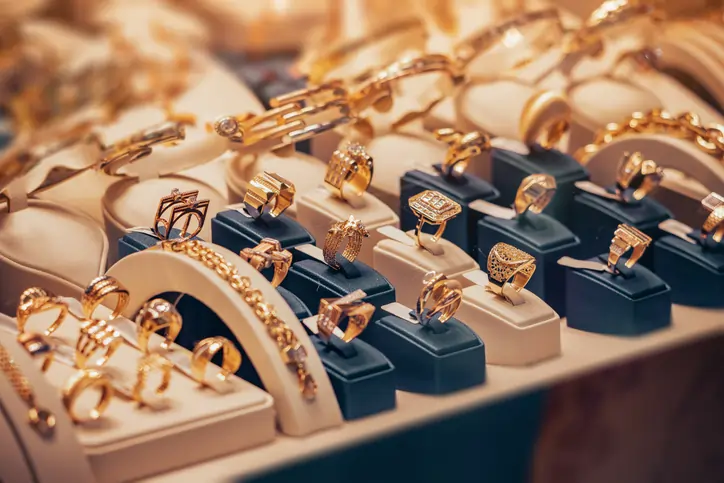
In a market where uncertain investment avenues such as bitcoin and non-fungible tokens (NFTs) continue to soar in popularity, jewellery stands out as a timeless, tangible asset class. Not only does jewellery often hold some form of cultural significance, but it can also provide investors with a unique blend of aesthetic pleasure and wealth preservation. However, all forms of investment come with some level of financial risk, so what can families do in order to best protect generational wealth?
One of the primary advantages of investing in jewellery is that unlike stocks, bonds or bitcoin, these assets are physical, wearable, and can be admired in person. Additionally, the ownership of a classic piece is often imbued with a sense of permanence and emotional attachment, encompassing more than just its material worth. In this way, luxury items are distinguished by their exceptional craftsmanship, exclusivity and prestige and often become sought after heritage assets to be passed on as family heirlooms or hailed more widely as masterpieces.
Not only do precious metals and gemstones tend to retain value, but this value often appreciates – rather than depreciates – over time – particularly with regards to antiques or items by specific designers. These sought after materials often withstand market fluctuations, acting as a hedge against inflation through their inherent worth retained through both their scarcity and desirability.
The perfect investment piece therefore combines longevity, timeless design and intrinsic value. Pieces made from precious metals such as gold or platinum, adorned with high-quality gemstones like diamonds, rubies or sapphires are more likely to stand the test of time and hold sentimental value for generations to come.
While investing in jewellery can undoubtably help to protect generational wealth, UK legislation means that the implications of inheritance tax (IHT) must be considered when estate planning. Recently, 13,000 UK families were surprised by tax bills as high as £1.4m on lifetime gifts. However, there are strategies that can be deployed to mitigate IHT in relation to personal jewellery investment.
IHT is levied on the value of an individual’s estate (where the estate is above £325,000) after death. Gifting jewellery to loved ones during their lifetime naturally reduces the size of an individual’s taxable estate. However, relying on this as the only means of protecting generational wealth can incur risk as exemption only applies to gifts that are worth up to a certain value.
Exemption through gifting also holds risk through its required timescale, as gifts given less than seven years before the individual has died may still be taxed. This depends on who receives the gift, their relationship to the individual, the value of the gift and when it was given. For example, gifts given between spouses are generally exempt from IHT if both parties live in the UK.
One of the most effective ways to retain generational wealth and minimise the impact of IHT liability is through transferring jewellery to a trust. If certain conditions are met, the assets held within the trust are no longer viewed as part of the deceased’s estate for tax purposes. This means that the value of items held within the trust typically won’t be counted when the IHT bill is determined.
Another advantage of establishing a trust is that trustees have a legal duty to manage assets for the eventual beneficiary and are able to set requirements for this management to maintain asset protection and control. For instance, a trust could be set up to avoid handing over investment pieces whilst beneficiaries are young or otherwise vulnerable.
Before purchasing a luxury item, it’s crucial that individuals consider various factors, including potential tax implications such as inheritance tax and capital gains tax (CGT). Implications from CGT are particularly important to understand for those who may wish to eventually part ways with high-value items; especially those that have appreciated in value since being purchased.
Similarly to IHT, sellers of luxury items are entitled to an annual exemption for CGT up to a certain threshold. By spreading sales out across multiple financial years it is therefore possible to minimise CGT liability. Additionally, jewellery that is kept and sold within a person’s primary residence may also qualify for private residence relief which provides further exemption from CGT.
Despite the popularity of passing on family heirlooms decreasing over recent years, the financial benefits of purchasing luxury jewellery assets are undeniable. Serving as stronger investments that better stand the tests of time than intangible assets, investment jewellery pieces can help to hedge against economic uncertainty whilst simultaneously preserving family legacies. The craftsmanship and artistry behind luxury pieces can enhance appreciation for the cultural and historical value they embody and provide a stable source of financial security for generations to come.
Kathryn Spencer Jones is the Business Coordinator for luxury jewellery retailer JQ Diamonds.


